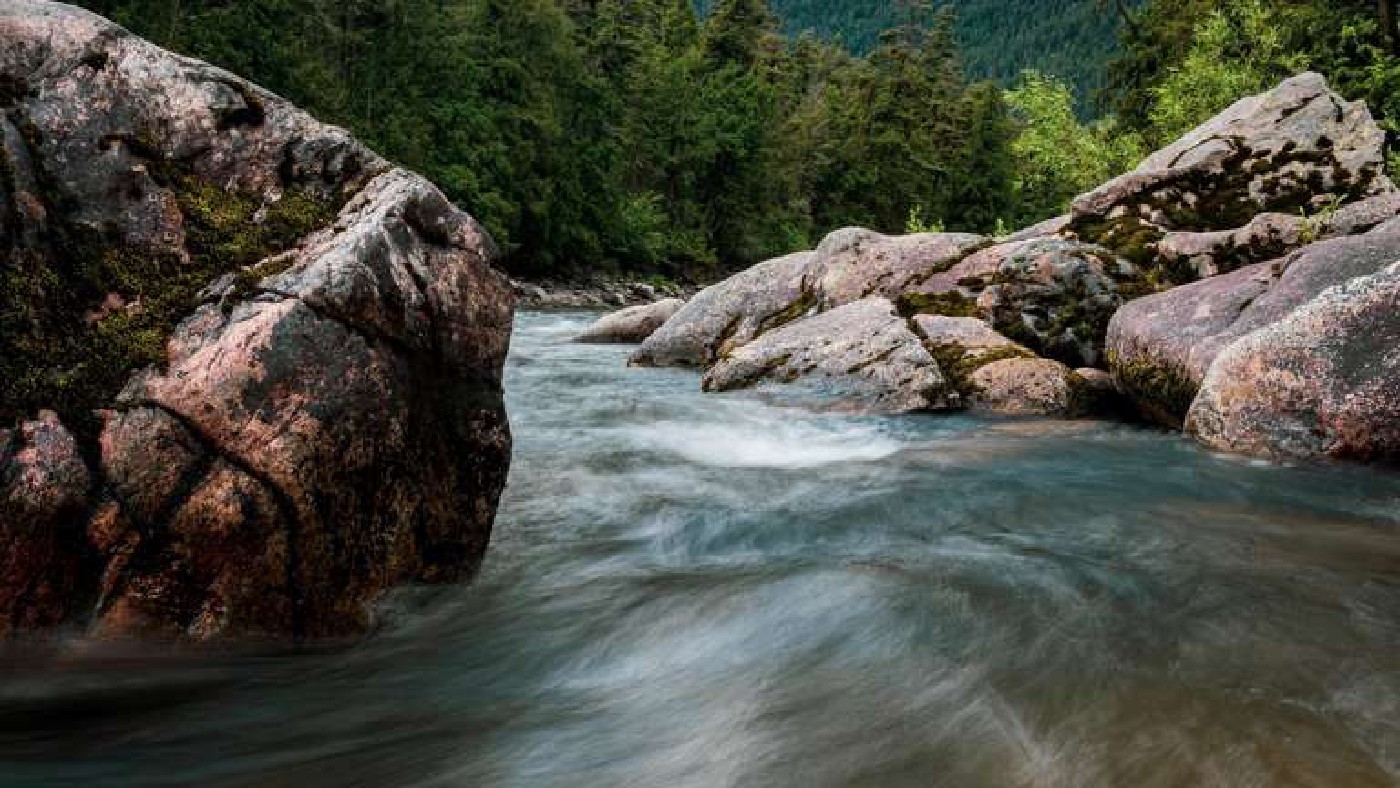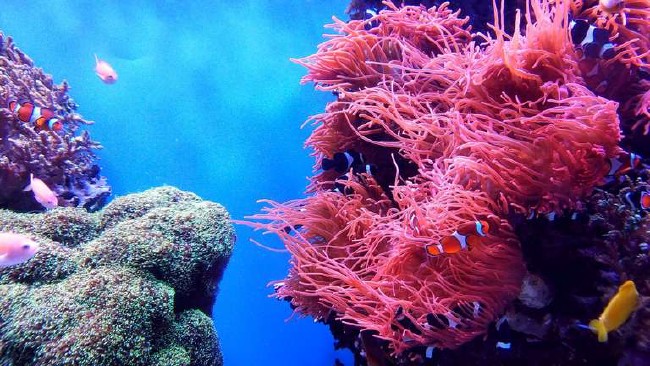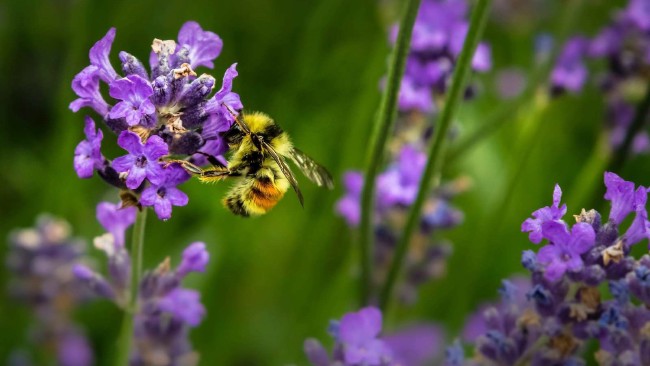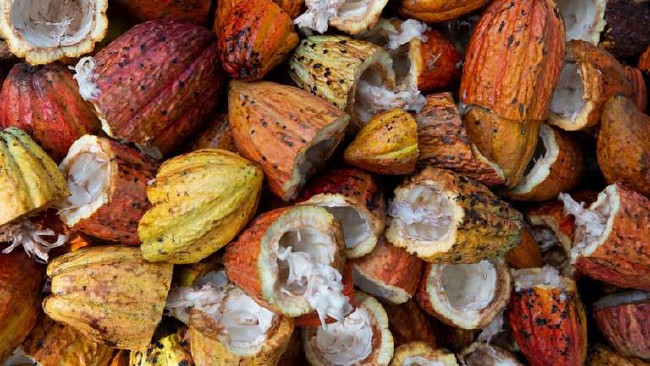Environmental DNA, a revolution in wildlife monitoring
Arnaud Lyet, Conservation Scientist at WWF, studies scarce and elusive wildlife species without actually seeing them thanks to environmental DNA (eDNA), an innovative technology that could revolutionize wildlife monitoring.
The idea is to collect water from waterways and extract organic material containing the DNA from animals nearby.
Arnaud led a team that demonstrated that eDNA analysis of stream water could reveal terrestrial mammals’ diversity in a large landscape as effectively as camera trapping – for a fraction of the cost!
Furthermore, this technique can empower local communities and organizations to take control of biodiversity monitoring since it does not require specialized skills.
Why does it matter? Traditionally, scientists have monitored mammal species by catching and tagging animals or placing camera traps throughout their habitat. However, these techniques are time-consuming, expensive and uncertain. Indeed, species of interest, such as small mammals, do not necessarily trigger cameras, and it can be challenging to identify them in the pictures. Finding ways to improve wildlife monitoring accuracy is vital since conservation efforts are based on knowing which animals are present and where they live.
Overall, eDNA can help us better understand biodiversity and thus make better decisions to preserve it.
Related Posts
A marine scientist wants to plant 1 million corals
Although they may look like plants, corals are actually animals. However, they contain plants and secrete minerals, so the confusion is understandable 😅
Following up on the bees
Apparently, bees are not only sipping mojitos by the pool but also getting “vaccinated” (*it’s not an actual vaccine, but please bear with us *😇).
Ivory Coast inaugurates a cocoa-waste-powered biomass plant
Ivory Coast, the world’s largest cocoa producer, will inaugurate a biomass plant that runs on cocoa waste.



